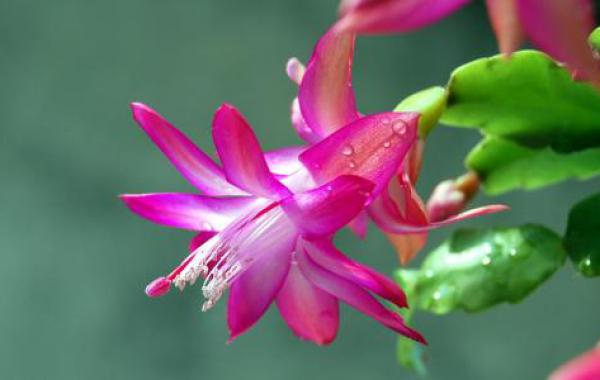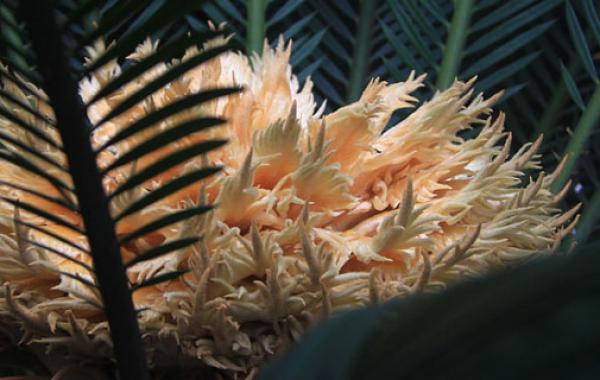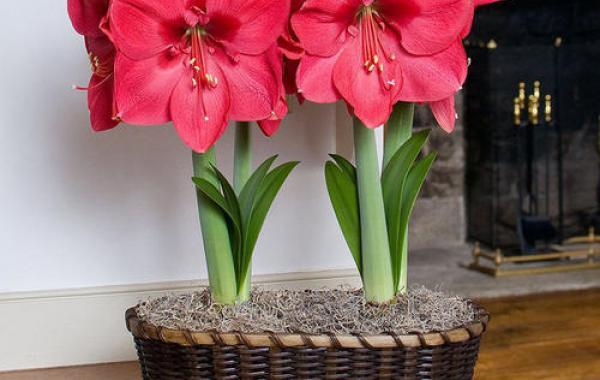What are the more commonly used flower fungicides?

Compare commonly used flower fungicides have what.
Compare commonly used flower fungicides have what.
Triadimefon has the functions of preventing, eradicating and fumigating rust and powdery mildew. Apple rust, white poplar rust, chrysanthemum rust, grass rust, rose rust, rose powdery mildew, begonia powdery mildew, melon powdery mildew, ivy powdery mildew and so on can be controlled. If 25% triadimefon wettable powder is sprayed, the common concentration is 3000--4000 times; if 20% triadimefon emulsifiable solution is sprayed, the common concentration is 2000 times. In addition, triadimefon also has certain control effect on leaf blight, brown spot and leaf spot of flowers.
Chlorothalonil has preventive effect on many plant diseases. Chlorothalonil has good adhesion on plant surfaces and is not easily washed by rain, so it has a long period of efficacy, usually 10 days. However, it has no internal absorption and conduction effect, and will not be absorbed from the spraying site and roots, so the spray should be uniform and thoughtful. Usually 75% chlorothalonil wettable powder 600--1000 times spray, can effectively control rose black spot, poplar black spot, chrysanthemum brown spot, peony brown spot, rubber tree anthracnose, clivia anthracnose, cherry brown spot hole disease and so on. Chlorothalonil has certain irritation to human skin and eyes, so corresponding protective measures should be taken when using it.
Xiaojunling Xiaojunling can not only prevent and kill bacteria, but also has a strong ability to kill viruses. In addition, since the raw materials for production are urea and potassium salts, it also has the effect of promoting plant growth. Spray 50% Xiaojunling WP 1000- 2000 times solution can effectively control rose black spot, rose powdery mildew, rose dead branch disease, rose gray mold, rose root cancer disease, tulip blight, lily leaf blight, chrysanthemum mosaic disease, a string of red mosaic disease, lawn brown spot disease, lawn stem rot and various root rot, stem rot, etc.
1. Chlorothalonil: It has protective and therapeutic effects, a wide range of sterilization, a long residual period, and a stimulating effect on skin and mucosa. 75% chlorothalonil WP 600-1000 times solution spray control rust, downy mildew, powdery mildew, black spot, charcoal disease, blight and other diseases. 40% powder can also be used, the dosage of 3-4 grams per square meter. Can not be mixed with strong alkaline pesticides, pears, persimmon, plum, etc. prone to phytotoxicity.
2. Carbendazim: It is a kind of high efficiency, low toxicity, broad-spectrum internal inhalation fungicide with protective and therapeutic effects and long residual period. Generally, 50% WP 1000-1500 times solution spray control brown spot, sclerotium, anthracnose, powdery mildew and other diseases, can also be used seed dressing and soil disinfection, seed dressing, the amount is generally 2-3/1000 of seed weight.
Bordeaux mixture: It is a good protective fungicide, prepared from copper sulfate, quicklime and water. According to the different dosage of copper sulfate and quicklime, it can be divided into equivalent formula (1:1), semi-quantitative formula (1: 0.5), multi-quantitative formula (1:3) and multiple formula (1:2). When preparing, first use half of each hydration to open copper sulfate and quicklime, then pour copper sulfate into quicklime solution and stir evenly with sticks. The prepared Bordeaux mixture is sky blue colloidal suspension, alkaline, strong adhesive force, can form a layer of film on the surface of plants, and the validity period can be maintained for about half a month. Bordeaux mixture is not resistant to storage and must be prepared for immediate use. It cannot be mixed with alkali pesticides. Can you control black spots? Rust, downy mildew, gray spot and other diseases.
4. Stone sulfur mixture: It is also a protective disinfectant, which is prepared by decocting quicklime, sulfur powder and water in the ratio of 1:2:10. The original solution is a dark red brown transparent liquid with rotten egg smell and alkalinity. When preparing, first boil water in a pot, pour 1 part of quicklime, wait for lime to dissolve, then add 2 parts of sulfur powder mixed into paste with a small amount of water, stir while adding, boil with big fire for about 1 hour, stop fire when the liquid medicine is reddish-brown, cool down, filter out sediment, that is, the original solution of stone sulfur mixture, its Baume fullness is generally 20-24. The stock solution must be diluted before use. In dormant period, it can be sprayed with Baume 3-5 degree. In growth period, it can only be diluted with Baume 0.3-0.5 degree. It can control powdery mildew, rust, downy mildew, perforation, leaf spot and other diseases, but also can control whitefly, spider mites, scale insects and other pests.
5. Tobzin: It is a highly effective, low-toxic, broad-spectrum systemic fungicide with protective and therapeutic effects, long residual period, similar bactericidal scope and efficacy to carbendazim, low toxicity to humans and animals, and safe to plants. 50% wettable powder 500-1000 times solution spray control powdery mildew, anthracnose, coal pollution, white silk disease, sclerotinia, leaf spot, gray mold, black spot and other diseases, commonly used thiophanate methyl.
6. Zinc: It is a broad-spectrum organic sulfur fungicide, pale yellow, slightly smelly, easily decomposed in the air or sunlight, commonly used 65% wettable powder 400-600 times spray to control brown spot, anthracnose, damping-off disease, perforation disease, gray mold, powdery mildew, rust, leaf blight, blight, etc., can not be mixed with alkaline or containing copper, mercury chemicals.
7. Tuijunte: It is a kind of organic arsenic and organophosphorus mixed fungicide, white powder, insoluble in water, easily soluble in alkaline solution, easy to decompose in acidic high temperature and humid environment. Generally, 50% WP 1000-1500 times solution, or 80% WP 2000-2500 times solution spray control anthracnose, rust, blight, powdery mildew, sclerotium and other diseases.
8. Benlaite: It is a broad-spectrum internal disinfectant, which has both protective and therapeutic effects. It is insoluble in water, slightly irritating odor, and has a long period of efficacy. It is commonly used to spray 50% wettable powder 2000-5000 times to control gray mold, anthracnose, powdery mildew, sclerotium and other diseases.
9. Diammonium: strong bactericidal power, both protective and therapeutic effects, after decomposition, there is a certain fertilizer effect, a light yellow liquid, commonly used 1000 times liquid spray control powdery mildew, downy mildew and leaf spot disease, can also be used 200-400 times liquid irrigation soil control Li Kubo.
Sulfur powder: is a yellow powder, has obvious smell, has bactericidal, insecticidal effect, efficacy period of 5-7 days, commonly used 50% powder dusting, dosage of 1-3 grams per square meter, or used for fumigation, dosage of 1 gram per square meter, can control white powder Bo.
Streptomycin: white powder, generally sprayed with 100-200 mg per liter, root irrigation or injection to prevent bacterial diseases, downy mildew, etc.
Related
- What if the leaves of potted flowers turn yellow?
- Florescence Control of several Flowers
- Anti-freezing technology and post-freezing nursing technology of flowers
- What is the classification of flowers? What are the common methods of flower classification?
- Prevention and control of alkali and acid damage of flowers in courtyard
- Technology of Anti-freezing and restoring growth of Flower seedlings in greenhouse and greenhouse
- How does flower fertilization not hurt the root? Fertilization technology of flowers
- Key points of disinfection in flower greenhouse
- Several pesticides that are banned or used cautiously in flowers
- How to fertilize the flowers that watch the leaves?



